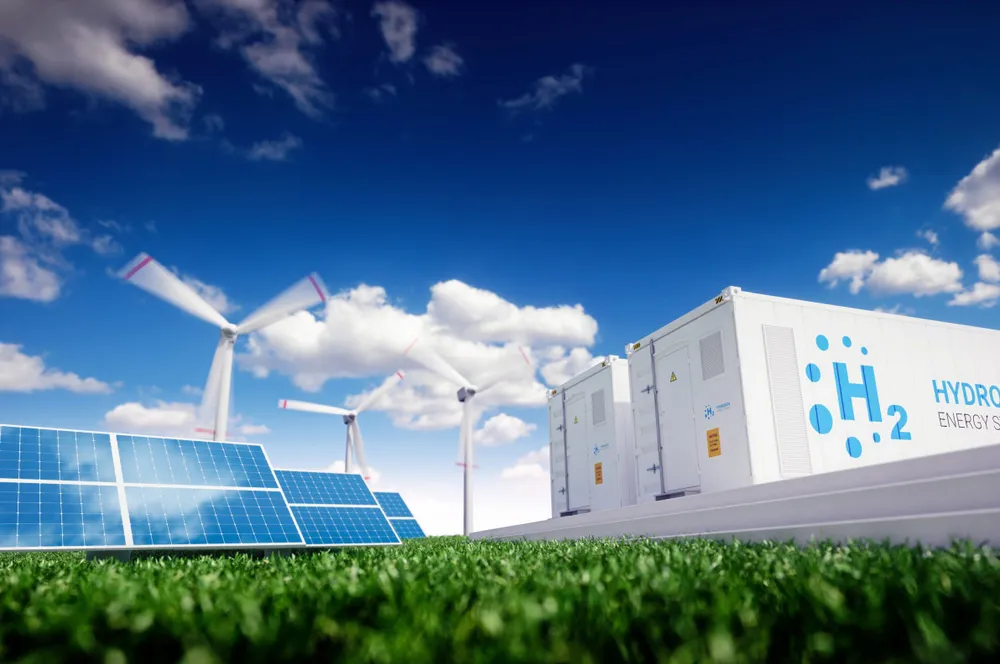Switch to green hydrogen will lead to 'significantly higher energy prices in 2050 than today': analyst
Renewable H2 will still cost buyers more than $3/kg by mid-century, when including storage, compression and distribution, writes CRU

Renewable H2 will still cost buyers more than $3/kg by mid-century, when including storage, compression and distribution, writes CRU
